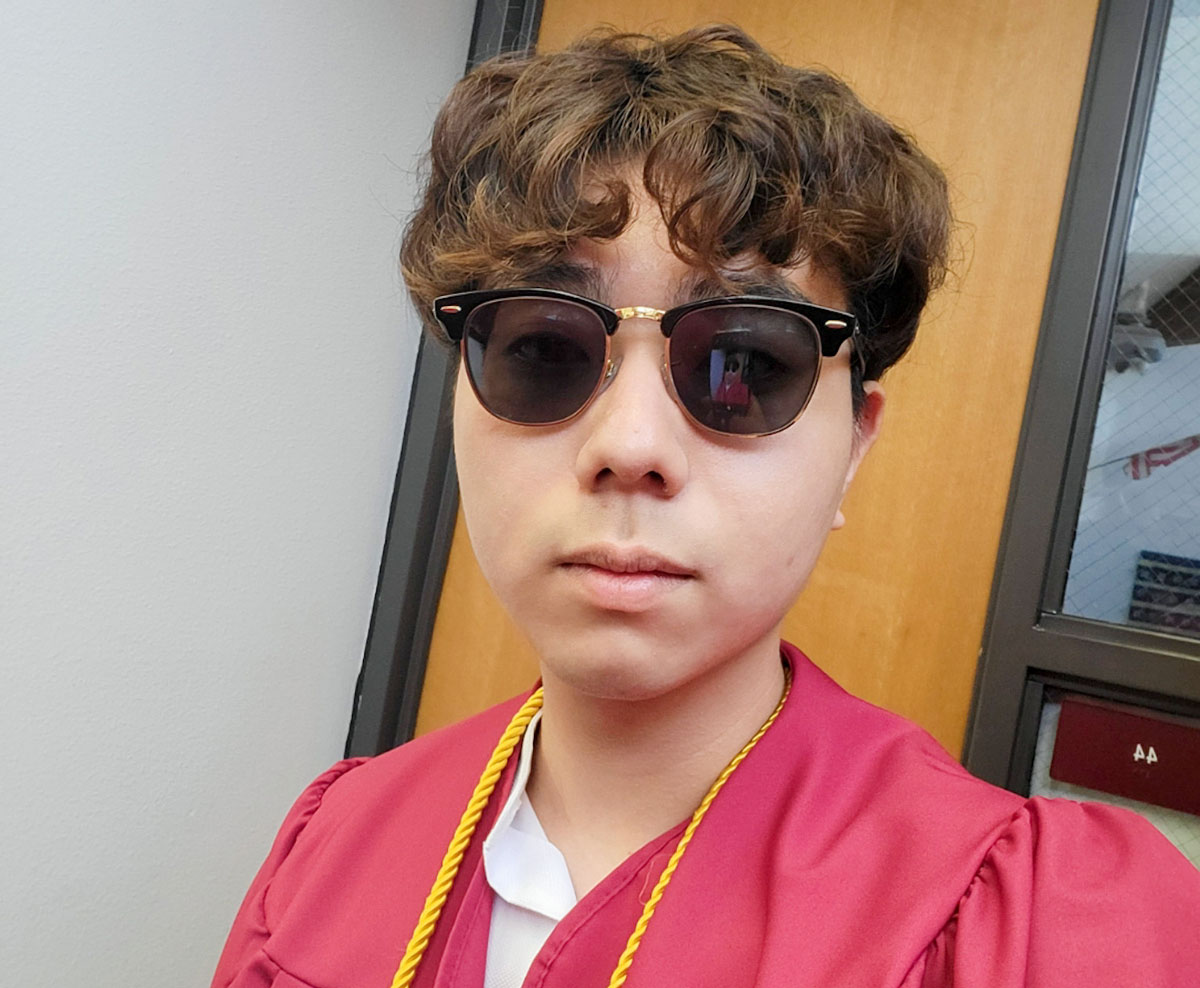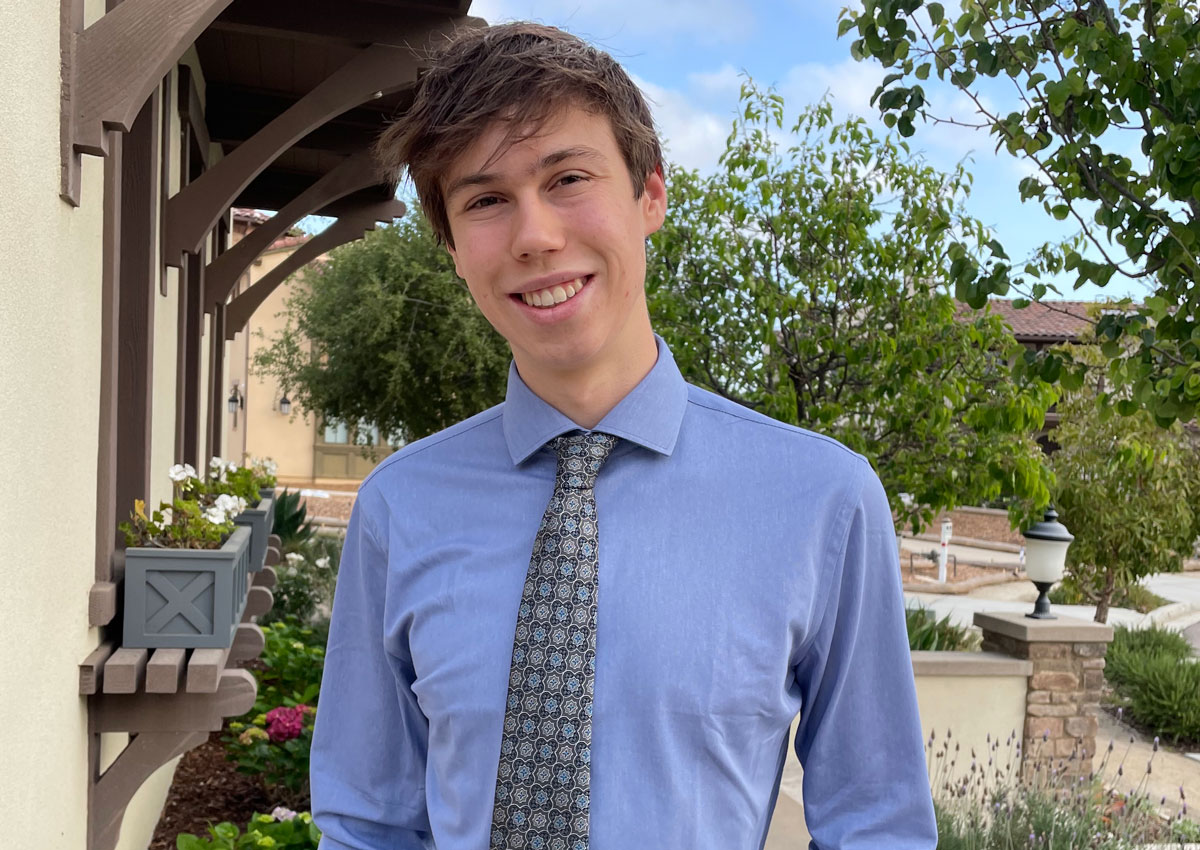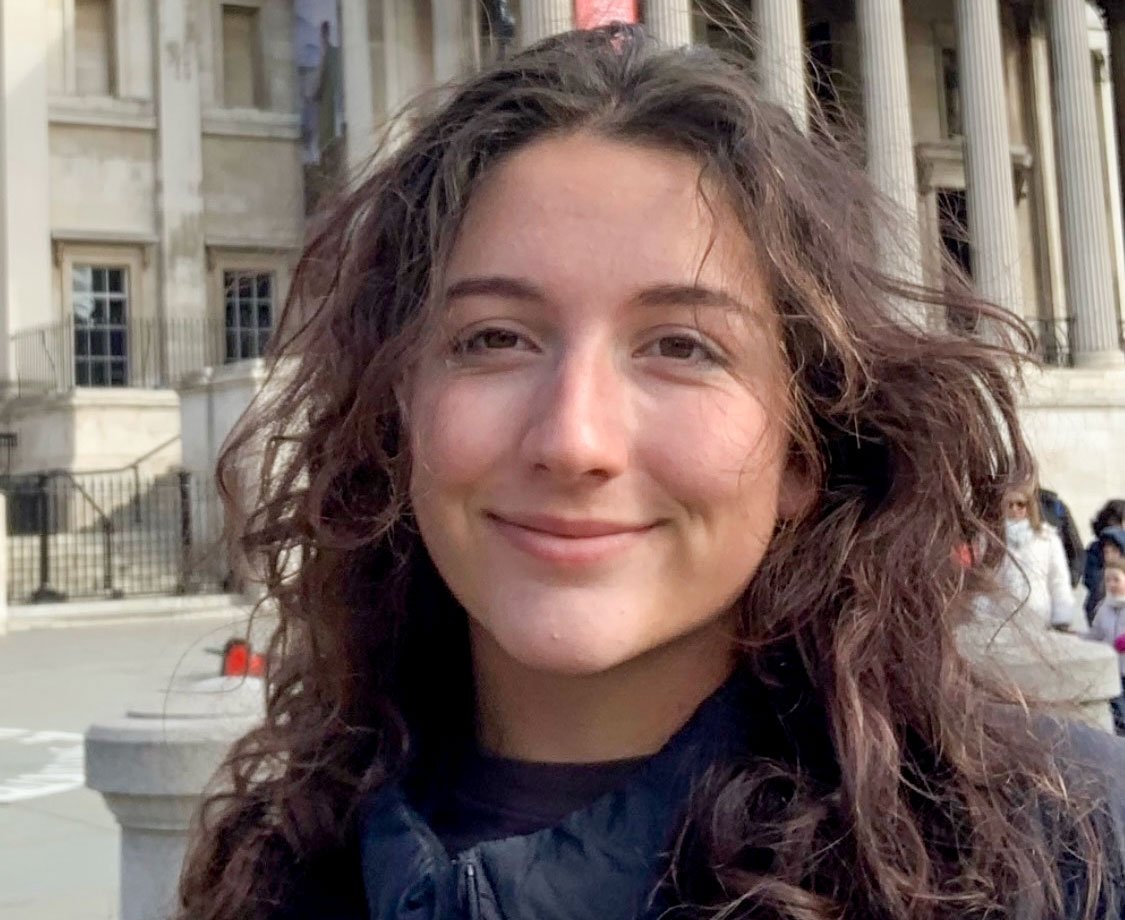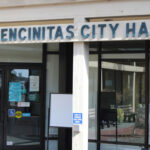ENCINITAS — As this year’s college admissions process draws to a close, not all recent high school graduates are secure in their commitment to a campus.
The number of applicants to colleges in the University of California system has reached all-time highs, according to Gary Clark, undergraduate admissions director at UCLA, leaving many students spending the early days of summer on lengthy waitlists or looking for another school altogether.
Arda Hoke, a 2022 Torrey Pines High School graduate, is one such student.
Hoke moved to the United States from Turkey as a sophomore for the educational opportunities available in the States. During his senior year, Hoke, who maintained a 4.0 GPA, applied to computer science programs at several UC schools and California State Universities.
Although language barriers required Hoke to take sheltered English courses, which prevented him from enrolling in advanced placement courses, he was hopeful for UC admissions, given his extracurricular activities.

Hoke founded the school’s Turkish Club, served as technology commissioner for the Associated Student Body (ASB) and played on the Torrey Pines badminton and sailing teams.
“I thought I had a strong chance of getting into one of my schools,” Hoke said. “But as it turned out, it [wasn’t] like that.”
Hoke joined the waitlist at UC Irvine after being waitlisted at three UC schools and later rejected from UC San Diego. If he is not accepted at UC Irvine, Hoke plans to attend Mira Costa Community College and transfer to a four-year school.
Like Hoke, other students have received unexpected waitlists or rejections from their “target” and “reach” schools where acceptance was probable and possible, respectively. A “safety” school has a 75% or higher chance of acceptance, a “target” is a 50/50 shot, and a “reach” is a 25% or lower chance of acceptance.
Jae Lee, another ’22 Torrey Pines graduate, applied to nearly all of the UC schools intending to study biology. While he expected acceptance at UC San Diego, Lee, who graduated with a 4.4 GPA, was rejected from four UC schools and waitlisted at UC Davis. Lee eventually committed to Purdue University.
“I sorted [my schools] based on my GPA. I thought that UC San Diego would be my target school and Purdue was a safety,” said Lee.
More applicants, more disappointment
As students receive unexpected college results, many cite the increasing number of applicants as the reason for heightened selectivity amongst in-state, four-year schools.
Systemwide, the number of freshmen applicants to UC schools increased by 3.5% from the previous year, reaching a record-breaking 210,000 applicants for the coming fall semester, according to UC admissions data. And while the number of applications has risen, enrollment levels have remained relatively unchanged, according to Clark, creating longer waitlists and more rejection letters.

“When you have applications increasing, and you’re essentially seeking to enroll a similar number of students from one year to the next, you are making the denominator bigger, and the numerator stay roughly the same,” Clark said. “The decline in admit rate isn’t something that is intentional on the part of UCLA; it’s just the arithmetic of it.”
UCLA receives the highest number of applicants in the nation — nearly 150,000 applicants are vying for 6,500 spots this fall — marking an increase of 10,000 students compared to last year, according to UCLA.
Other UC schools are not far behind. For example, UC San Diego and UC Berkeley received more than 131,000 and 128,000 applicants, respectively.
Carson Chiavatti, a graduate of San Dieguito Academy, committed to UCLA with a 4.6 GPA as an electrical engineering major. Chiavatti applied to 17 schools but was waitlisted or rejected at almost all of his reach and target schools except Boston University, UC Davis and UCLA.
“People had fewer choices between UCs this year,” Chiavatti said. “I have a friend who got into UCSD and was waitlisted at all the rest. I have a friend who got into Davis but waitlisted at the rest.”
Like Chiavatti, Alexander Woelkers, another Class of ‘22 graduate from Torrey Pines, applied to both in- and out-of-state schools, viewing most of his UC schools as safeties or targets and his out-of-state schools, such as Northwestern University, as reaches.
“I knew my grades, test scores, and extracurriculars were all really strong,” Woelkers said. “I thought I would get into all of my safeties easily, hit most of my [targets] and then maybe get into one or two reaches.”
A leader of the school’s Japanese National Honors Society and a member of the Falcons tennis team, Woelkers applied to his schools with a 4.3 GPA. Of the in-state schools, Woelkers considered UCSD, UC Santa Cruz and UC Santa Barbara his safety schools, while UC Berkeley and UCLA were both reach schools.
However, Woelkers was waitlisted at UCSD, a school where his family works, and he was rejected from UC Berkeley, the alma mater of both his mother and uncle. Woelkers eventually committed to UC Santa Cruz for computer science.
With an increasing number of applicants, UC acceptance rates are expected to drop this year. Multiple UC school acceptance rates are already below 20% — UCLA and UC Berkeley accepted approximately 14% and 18% of applicants, respectively, in 2020, according to admissions data from both schools.
Changing landscape
In addition to their renowned reputation, two changing factors have led to increased applications to UC schools, according to education professionals.
The first is the shift to test-blindness during the COVID-19 pandemic. For years, opponents of standardized testing have argued the tests discriminate against low-income students because of registration fees and costly preparatory programs only available to wealthier students.
In 2021, the UC system suspended its use of SAT and ACT scores for admission until at least 2024. This shift has led more students to apply whose test scores previously disqualified them from entry, according to Greg Kaplan, a college admissions strategist and founder of the San Diego college admissions advising organization Kaplan Educational Group.

Woelkers, who was waitlisted and rejected from multiple schools he considered targets, connects his results to universities going test-blind, in addition to the popularity of the computer science major.
Using the free online program Khan Academy to prepare for the SAT, Woelkers scored 1500, scoring 780 on the math portion alone, placing him in the 98th percentile overall (99th percentile in math). But Woelkers’ score was essentially disregarded by prospective colleges.
“I feel like I would have gotten a lot more positive responses if [colleges] had considered the SAT more,” Woelkers said.
The second factor leading more students to apply is the diversification of applicants. Outreach programs, as well as more financial aid and housing accommodations, have increased the number of applicants from populations that previously did not apply to college.
Currently, 55% of California undergraduate students pay no tuition to attend one of the UC campuses, according to Ryan King, associate director of media relations for the University of California Office of the President. These programs, in part, have led to an increase in applicants from underrepresented minorities.
This year, applications from American Indian students increased 32.8% from last year, Chicano/Latino applications increased by 4.1%, and applications from African American students increased by 2.8%, according to UC admissions data.
“We’re in a new environment where … going to college is no longer something for the elite,” Kaplan said. “Every different demographic is now seeking college admissions, and it’s leading itself to very large applicant pools.”
This competitiveness has led students to apply to more schools. The students interviewed for this article applied to more than three UC schools and more than 10 schools. Students using the Common Application, a universal application used for more than 950 colleges, are applying to 6.1% more schools this year than last year, according to the Common App.
“In my generation, we applied to a handful of schools,” Trustee Katrina Young, a member of the San Dieguito Union High School District Board, said. “Now, each school’s getting more applications and makes it harder for [students].”
The selectivity that follows the rising number of applicants fuels this reinforcing feedback as students apply to more schools and increase the competition for the few spots available at top universities. In this competitive environment, education professionals agree that students must look for the right fit in a college instead of chasing a big name.
“We need to embrace the fact that there will be many well-qualified applicants that are not admitted through no fault of their own. There’s just not enough spots to accommodate them,” Kaplan said.
Resources and expectations
The San Dieguito Union High School District board on May 19 addressed community concerns regarding high-achieving students struggling to be accepted at colleges of their choice.
The board debuted a district-wide college readiness program through Kaplan Educational Group this year. The district will also launch a college essay boot camp on June 16 for rising seniors.

In addition to outside advisory programs, some students turn to on-campus support, including school counselors and classes, such as San Dieguito Academy’s college preparatory course on essay writing and submitting applications.
Despite the additional resources, the changing college admissions landscape may require students to temper their expectations and broaden their searches.
Layla Gunn, a ’22 graduate of San Dieguito Academy, enrolled in her high school’s college preparatory class this year, initially wanting to stay in California to study marine biology at a UC school.
“After applying, I tried to get my hopes down so I wouldn’t be disappointed,” Gunn said.
After being either waitlisted or rejected from most of her UC schools, Gunn, who graduated with a 4.3 GPA, shifted her initial expectations and committed to the University of Hawaiʻi at Mānoa, planning to transfer to a UC for her sophomore or junior year.
“I know some people who didn’t apply to any safety schools and really regretted that,” Gunn said. “I think it’s important … to go look at the schools and see if … you fit in.”
After a year of surprises and at times, disappointments, many students look back on this process with a newfound sense of flexibility.
“Taking those initial hits from all those schools was hard,” said Woelkers, who committed to UC Santa Cruz. “I know I would do great at a bunch of other schools that I didn’t get into, but being able to at least get into one school that I actually am thrilled about was the silver lining.”



